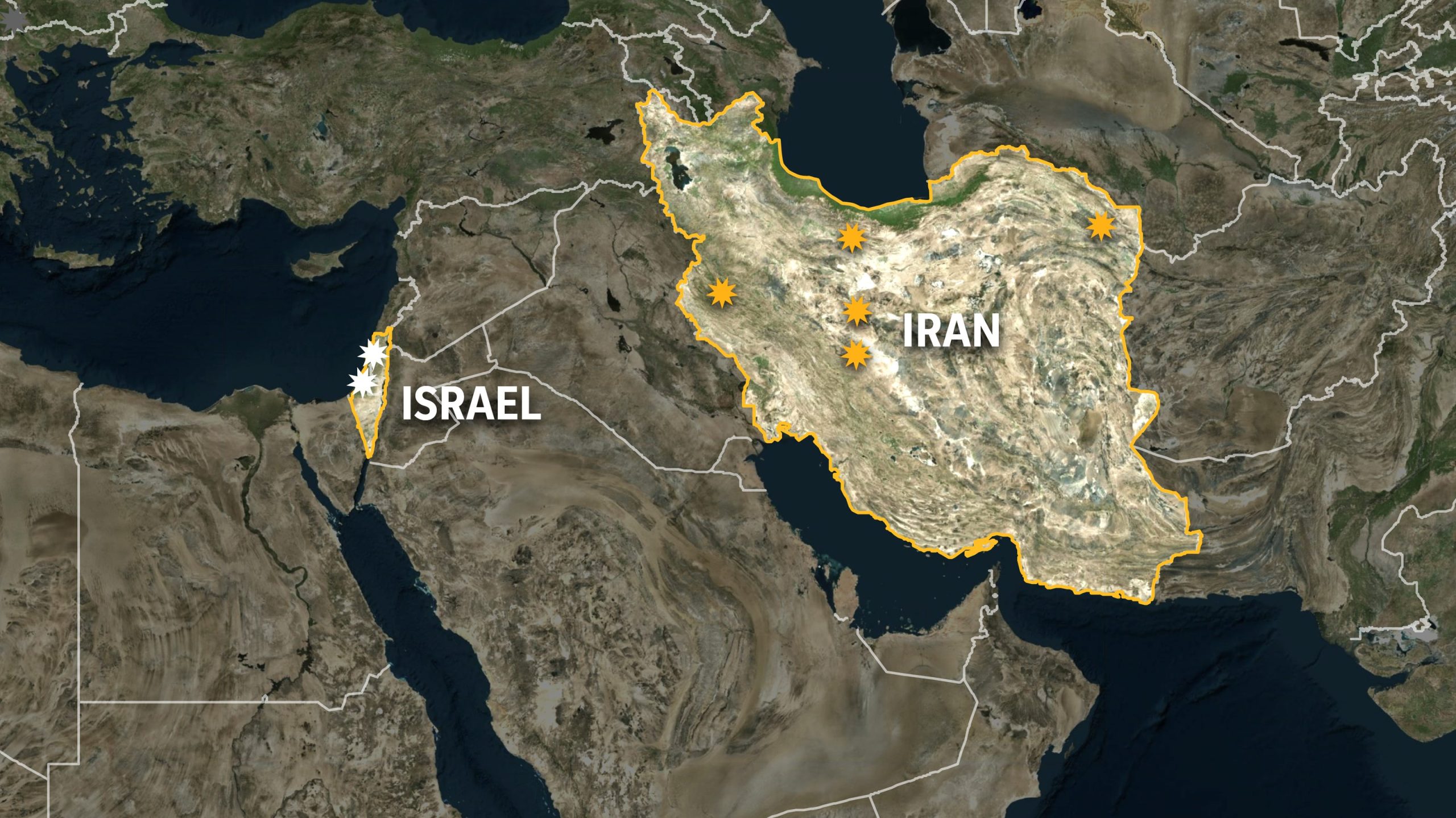On June 16, Israel targeted Iran’s state television headquarters as hostilities between the two nations entered a fourth consecutive day. Reports from Reuters indicate that the Israeli military intensified its bombardment of various Iranian cities, while Iranian forces managed to strike back, hitting Tel Aviv and the port city of Haifa shortly before dawn.
This surge in violence began on June 13 when Israel launched an attack on Iran’s uranium enrichment facility in Natanz, targeting critical elements of the Islamic Republic’s nuclear and ballistic missile programs. Israeli Prime Minister Benjamin Netanyahu stated that the strikes also aimed at “Iran’s leading nuclear scientists.”
The extent of the airstrikes has been documented, revealing significant damage at critical nuclear sites. The Israeli military confirmed it struck an underground section of the Natanz facility, which housed a multi-story enrichment hall equipped with centrifuges and supporting infrastructure. The International Atomic Energy Agency (IAEA) reported that at least one of the strikes hit Natanz but found “no elevated radiation levels” at the site following the attack.
Daily assessments from the Institute for the Study of War and the Critical Threats Project at the American Enterprise Institute detail the locations of confirmed and reported strikes, bolstered by visual evidence from open sources, including local and international media. USA TODAY has verified a subset of these airstrike reports.
Satellite images captured by Maxar Technologies illustrate the conditions at key Iranian nuclear facilities before and after the assaults. According to the Critical Threats Project, one notable attack targeted Shiraz Electronics Industries in Fars Province on June 15, while an Iranian munitions plant in Isfahan was also reported as a strike target on the same day.
Missile bases, including the Ghadir site, were hit, where both solid and liquid-fueled missiles were allegedly stored, as reported by the Critical Threats Project.
For further details, refer to the interactive strike map and satellite imagery of the impacted nuclear sites.

